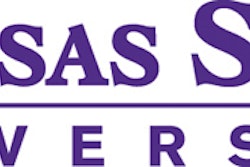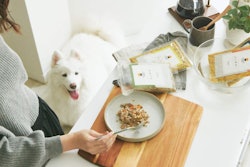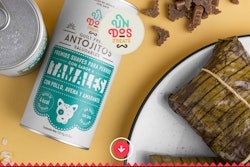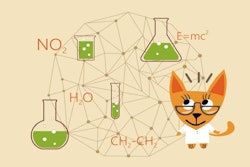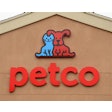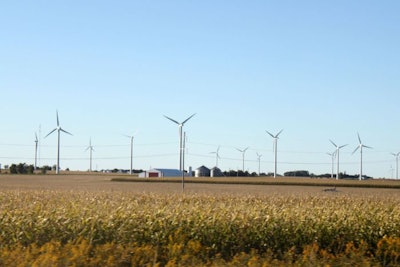
For livestock feed mill operators transitioning to pet food production, a few major differences stand out among otherwise similar processes, Charles Stark, grain science professor at Kansas State University, said in the Q&A of his Petfood Forum Connect-ED presentation.
Overall, livestock feed uses much simpler recipes than pet food, often just corn and soy and then some byproducts.
“Typically, the only thing we grind is going to be the corn,” Stark said.
Grind size differences between livestock feed and pet food
The size of the grind is a major difference among pet foods and livestock feeds, added moderator Greg Aldrich, associate professor and pet food program coordinator at Kansas State University. Pet food makers must achieve a much narrower window of very fine particulate matter than livestock feed producers, before makers can take those ingredients to the next step of the process
“It requires that we have a more uniform and a smaller particle size in the finished grit,” Aldrich said.
Register for Petfood Forum Connect-ED
Moving on to that next step, a livestock feed maker would take the ingredients, three or four different ingredients, and add vitamins and minerals, said Stark.
Three potential pathways to feed or pet food
After that, several of the following steps are similar between pet food and feed production.
“We would go through the same mixing process, and same weighing and batching process to produce that feed,” he said.
That mix may then go straight to the livestock without any further processing or extrusion.
“In some of the larger feed mills, especially the integrators in the boiler industry, and probably the swine in the Southeast, they would actually turning those into pellets,” he said.
“For the most part, it's very similar, up until it comes out of the mixer, “ he said. “That's where things start going in three different directions. It could be meal. It could be pelleted. If it’s going to pet food, then it will go to the extrusion process or if you're making pet treats, it would be going to a type of a molder from that point.”


